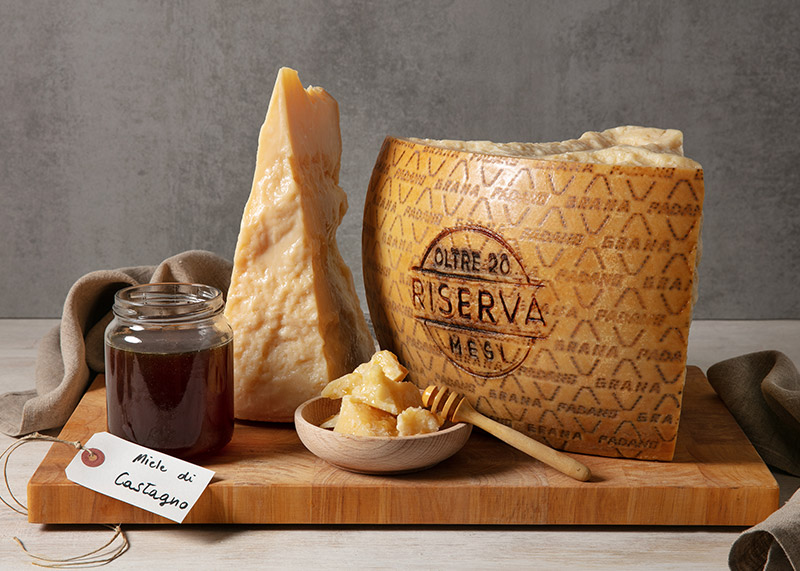
Chestnut honey

Chestnut honey is made all over Italy and in other Southern European countries, from Portugal to Ukraine.
Chestnut trees are present in some areas in large quantities, mainly as a source of timber, fruit and tannin for leather tanning. In areas where their presence for farming purposes is certain (Sardinia) the tree is considered a naturalised native species. It is a very long-lived tree, sometimes reaching over 500 years of age, and can grow to a considerable size.
Its flowering, and thus honey production, period is late June and early July.
Characteristics:
– Colour: medium-dark, dark amber with reddish and greenish highlights. It crystallises very late and frequently fails to do so.
– Fragrance: pungent, very intense, chemical, tannic and herbaceous, animal with a note of quinine and wet tobacco.
– Aroma and flavours: in the mouth it is not very sweet, with marked bitterness and great persistence. Vegetable aromas of rhubarb and bitter cocoa mirroring its tannic and herbaceous aromas.
It is a fairly conventional pairing, ideal for those who love pronounced and bitter flavours, especially at the end of a meal. These are both products with very pronounced aromas and flavours which thus accompany one another and the flavours linger for a long time. The tannic notes typical of this honey balance out the succulence generated by this type of Grana Padano cheese when chewed, as well as its proteins and fats.
Serving method:
We always recommend serving an assortment of honeys, perhaps two very different ones, so leaving diners to decide for themselves. Honeys should not be put onto cheese prior to serving both because this does not leave the choice to diners but also because the high osmotic pressure of honey tends to lead to it absorbing the cheese’s salty liquids in the space of just a few minutes. Try the two on their own first before testing the various pairings.
The honeys should be served in small containers, and a teaspoon for serving it. Liquid and creamy honeys can be used as they are. Compact crystallised honeys can be stirred before transferring the honey from the jar to the serving container to make them easier to serve, scraping off the required quantity.
Curious facts
This is an unusual honey with complex, structured aromas and flavours often not popular outside the areas of production, but it has many admirers. It is less bitter if the bees also gather nectar from lime or oak flowers or in the presence of honeydew. In such cases the honey is a mixed flower honey, frequently made in the Alpine valleys in the summer.
Small quantities add something to almost any dish and the aromas also are good for cooking and go well with fatty meats, dark chocolate and fruit.
It is easy to source both locally and at large-scale retailers.
